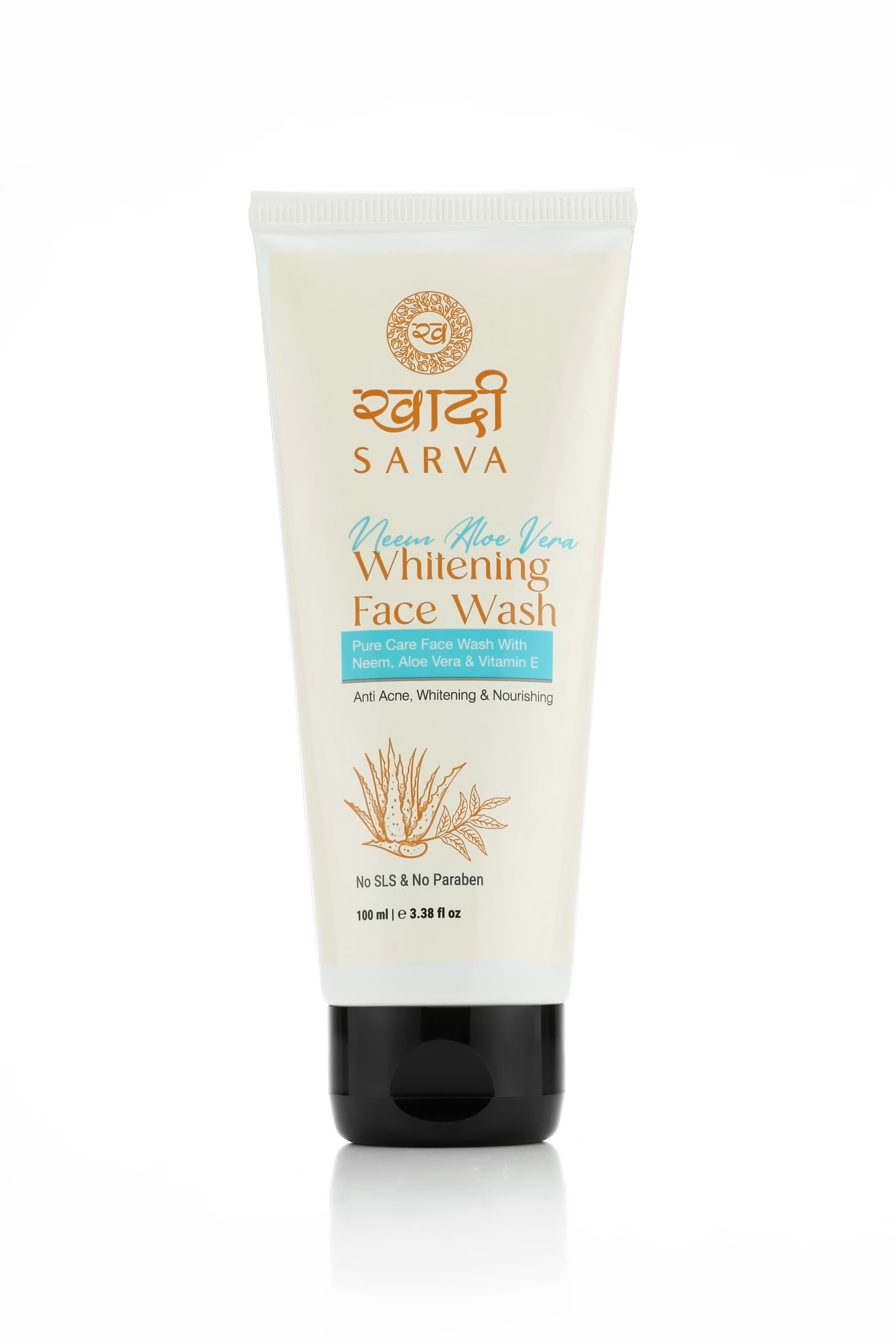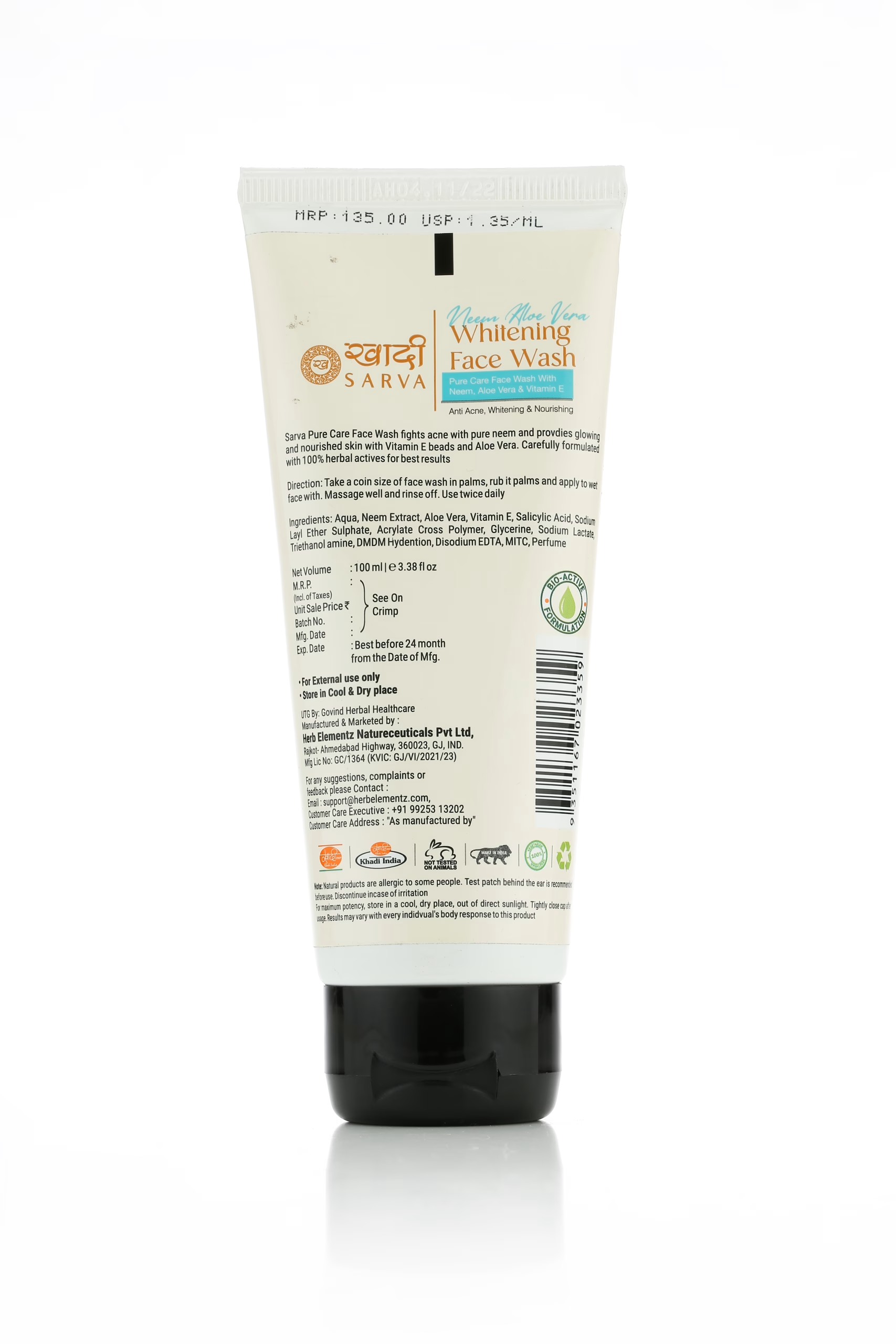
Important Information Meeting Indian Weight & Measure Regulations in Cosmetic Products
Introduction
Overview of the Indian Cosmetics Market
The Indian cosmetics market has grown significantly over the past decade, driven by increasing consumer awareness, rising disposable incomes, and a growing preference for beauty and personal care products. The market size is expanding rapidly, with key players like L’Oréal, Hindustan Unilever, and Procter & Gamble leading the way. Emerging trends such as natural and organic products, male grooming, and social media influence are also shaping the industry.
Importance of Compliance with Weight & Measure Regulations
Compliance with weight and measure regulations is crucial for cosmetic manufacturers. Non-compliance can lead to legal issues, including fines and product recalls, damaging a brand’s reputation. Moreover, adherence to these regulations builds consumer trust, as customers rely on accurate information regarding the quantity and quality of the products they purchase.
Regulatory Authorities and Their Roles
- Bureau of Indian Standards (BIS): BIS is responsible for developing and implementing product standards, including cosmetics, to ensure quality and safety.
- Legal Metrology Department: This department oversees the enforcement of the Legal Metrology Act, which includes regulations on weights and measures.
- Central Drugs Standard Control Organization (CDSCO): CDSCO regulates the import, manufacture, and sale of cosmetics in India, ensuring compliance with safety and quality standards.
Key Regulations Governing Cosmetics in India
- Legal Metrology Act, 2009: This act provides the legal framework for standards of weights and measures, including packaging and labeling requirements for cosmetics.
- The Cosmetics Rules, 2020: These rules outline the regulatory requirements for the manufacture, import, and sale of cosmetics, ensuring product safety and compliance.
- BIS Standards for Cosmetics: BIS has established specific standards for various cosmetic products to ensure they meet quality and safety criteria.
Mandatory Labeling Requirements
- Brand Name and Logo: The brand name and logo should be prominently displayed on the product label to establish brand identity.
- Product Name: The specific name of the cosmetic product should be mentioned.
- Marketing Tag Line: A catchy tagline can attract consumers and convey the product’s unique selling proposition.
- Product Size: The net quantity of the product must be declared in appropriate units (e.g., grams, milliliters).
- Product Description: A brief description highlighting the product’s features and benefits.
- How to Use Instructions: Clear and concise usage instructions should be provided to guide consumers.
- List of Ingredients (in Descending Order): The ingredients must be listed in descending order of weight or volume.
- Manufacturer Information: Include the name and address of the manufacturer and manufacturer license number For example, “Manufactured by: GC-1364, Herb Elementz Natureceuticals Pvt Ltd, NH27, Rajkot – Ahmedabad highway, Kuvadva – Rajkot, Gujarat, India – 360023.” Mfg Lic No: GC/1364
- Marketer Information: Provide the full name and address of the marketing company with the PIN code.
- MRP, Unit Sale Price, Batch Number, Manufacturing Date, Expire Date: These details must be presented sequentially to ensure clarity.
Net Quantity Declarations
- Units of Measurement: The net quantity should be declared in appropriate units such as grams or milliliters.
- Tolerances and Permissible Variations: Adhere to the permissible variations allowed under the Legal Metrology Act to account for minor discrepancies in the net quantity.
Packaging Norms and Standards
- Primary and Secondary Packaging: Ensure that both primary (immediate container) and secondary (outer packaging) comply with regulatory standards.
- Environmental Compliance: Follow environmentally sustainable packaging guidelines, reduce plastic use, and promote recyclable materials.


Design Considerations
- Sizing of Label Dimension: In round label applications, maintain a minimum 5 mm gap between the top and bottom.
- Wrap-Around Gap: Ensure a 5 mm gap at the meeting point of labels to prevent overlapping.
- Bleed Line for Label Designs: Include a bleed line in the design to avoid white borders after cutting.
- Suggested Round Corners: Opt for round corners for an aesthetically pleasing label design.
Print Specifications
- Label File Format for Print: Print using CDR (Corel Draw—Open File) format. Note that the CMYK format is not accepted.
- Reconfirm Label Size: Paste a digital print label on the actual bottle to verify the size and fit.
- Prepress Checks for Roll Form Labels: Confirm the content and color accuracy in the prepress file before printing.
- Roll Direction for Roll Form Labels: Follow the specified roll direction per the attached picture to ensure proper application.
Batch Coding and Customer Care Details
- Batch Coding Minimum Size: Ensure batch coding is at least 1.5 cm in height and width.
- Customer Care Details: Provide customer care contact information for inquiries and support.
Conclusion
Summary of Key Points
- Recap the importance of compliance with weight and measure regulations for legal, financial, and reputational reasons.
- Highlight the critical steps manufacturers should take to ensure compliance.
Future of Cosmetics Regulations in India
- Discuss upcoming regulatory changes and trends in the Indian cosmetics market.
- Provide tips on how manufacturers can stay updated with regulatory requirements to remain compliant.
Frequently Asked Questions (FAQs)
Penalties can include fines, product recalls, and legal action, impacting finances and brand reputation.
Regular audits, at least annually, are recommended to ensure ongoing compliance.
Foreign brands must comply with Indian regulations, including labeling and packaging standards, before selling in the Indian market.
The department enforces the Legal Metrology Act, ensuring accurate labeling and measurement of products.
Small businesses can leverage third-party consultants and technology solutions to achieve cost-effective compliance.
Some exemptions may apply based on product type, but manufacturers should verify with regulatory authorities.
Consumers can check for BIS certification and review labeling information to ensure compliance.




